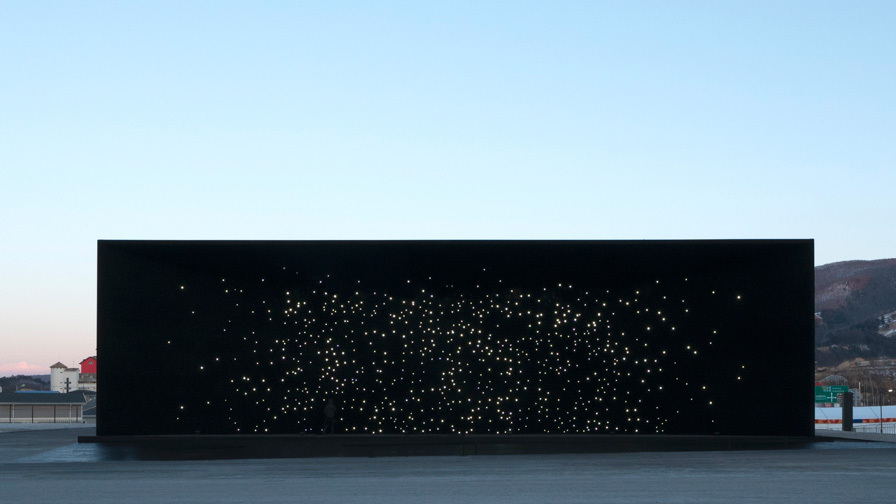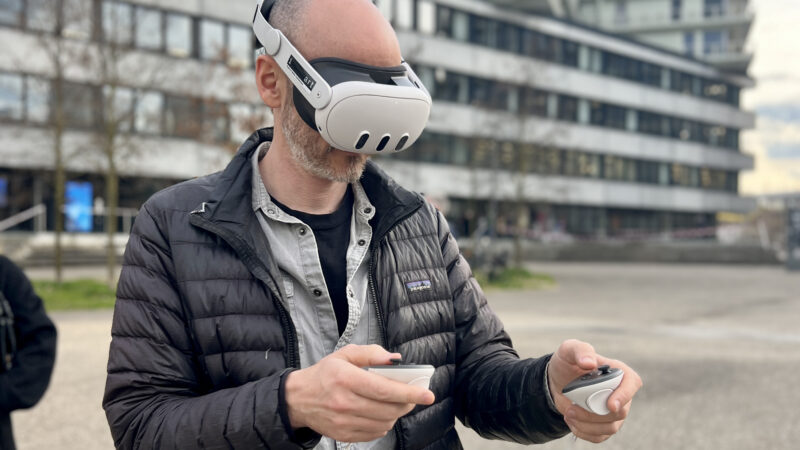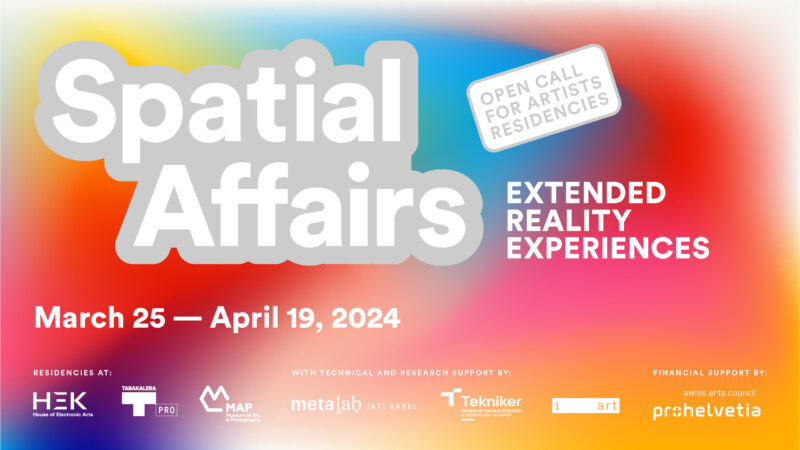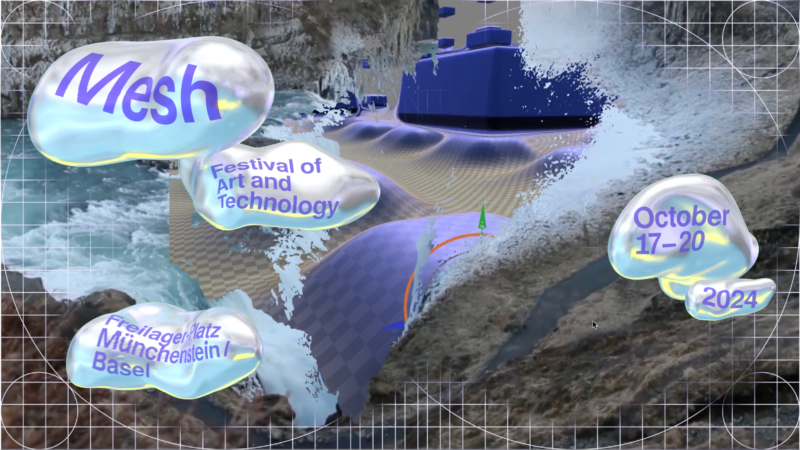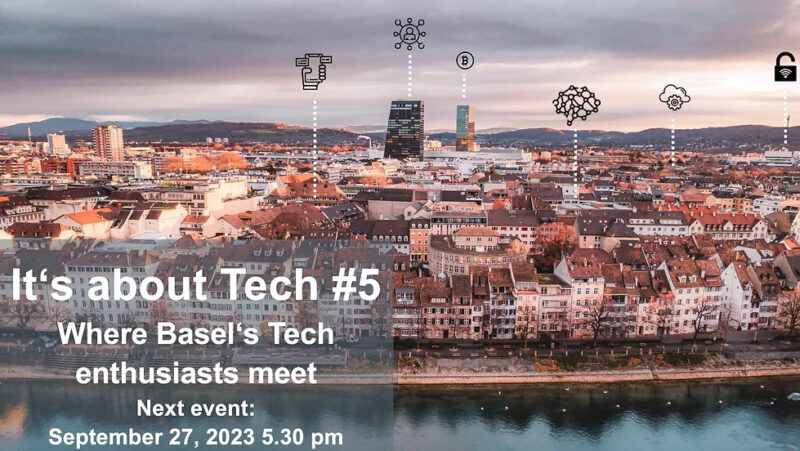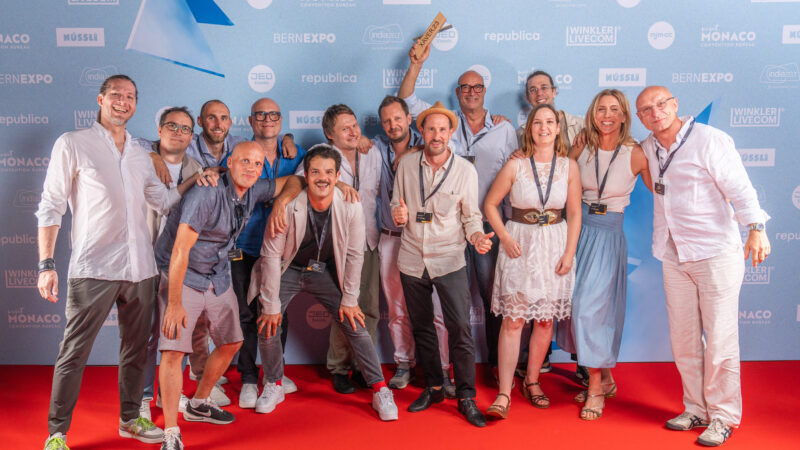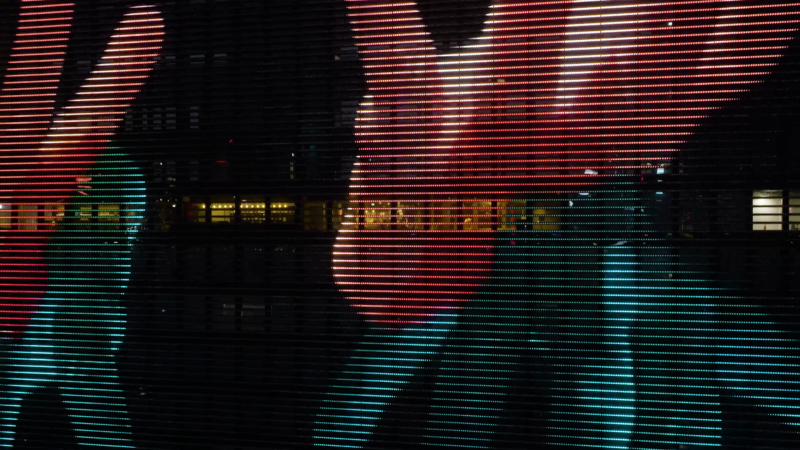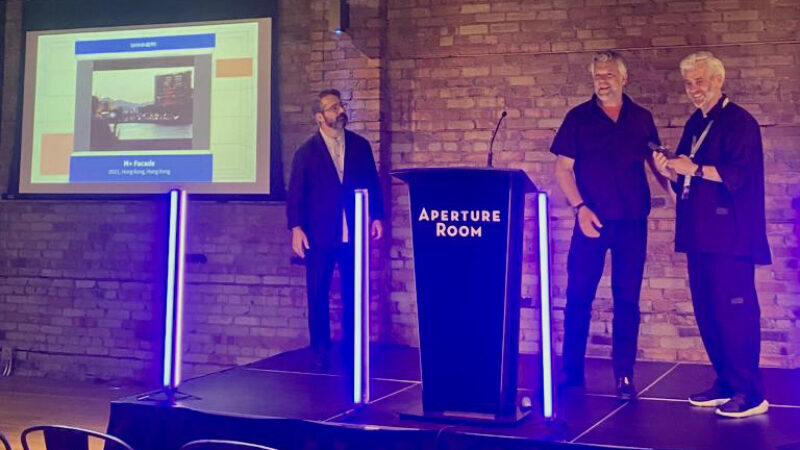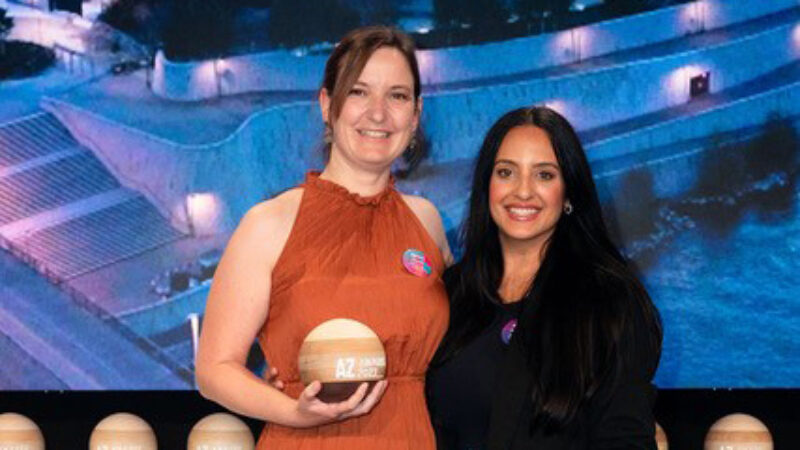iart at the PyeongChang 2018 Olympic Winter Games
iart realized core elements of the presence of Hyundai Motor Company at the PyeongChang 2018 Olympic Winter Games in another collaboration with architect Asif Khan.
The Khan-designed pavilion is coated with Vantablack VBx2, a super-black spray material that absorbs 99% of the light that hits its surface. All over the façade, thousands of white lights are attached; giving the illusion of constellations against the night sky.
Stars controlled by software
iart developed, planned, and fully realized the star field simulation. Custom LEDs were produced specifically for the project, and are distributed along the parabolic façade of the building. By putting brighter ‘stars' closer to spectators than dimmer ones, a three-dimensional formation is generated that seemingly floats in the air in front of the pavilion. To enable the incredibly smooth light gradients between night and day, all LEDs are dimmable in 65 535 steps (16 Bit).
To control the façade, iart developed its own software. With the help of a camera, every LED position on the building was recorded, making every single LED light independently operated. Even the twinkling of stars was simulated: caused by light scattering in earth's atmosphere, the LEDs use a noise function (specifically Perlin-Noise) to achieve a comparable effect. Each LED arrangement on every side of the pavilion is adapted to the relative light level with which it is being hit. This is achieved by a light sensor capable of distinguishing eight million light levels from 0.01 Lux to 83 000 Lux – similar to that perceivable by the human eye.
25 000 single water drops per minute
Asif Khan also designed the light-flooded, white room inside the pavilion. In it, water droplets move in a complex, ever-changing choreography. Visitors can interact with the installation via haptic sensors. Every minute, 25 000 water droplets are released. Every single one runs over the hydrophobic surface of the installation, crosses paths with other drops, is merged with them and divided. All drops converge to a lake that is filled and emptied again every few minutes.
iart was responsible for the technical development and execution of the water installation. The handling of water as an element was especially challenging: How would the drops be created? What size should they be? How fast should they move? How should the hydrophobic surface be created?
Based on the results of various tests and prototypes, an exhibit made of Corian was built. The interactive elements were also manufactured by iart: visitors can pour water into the installation, or alternatively trigger the release of water droplets by moving their hand over sensors. Water treatment and supply were produced by iart in collaboration with the Institute of Thermal and Fluid Engineering at the University of Applied Sciences Northwestern Switzerland.
The pavilion is situated right next to the Olympic stadium in PyeongChang. It was built to represent Hyundai's forward-thinking clean mobility through hydrogen initiative. The opening of the Olympic Games took place on Friday, February 9, 2018.

